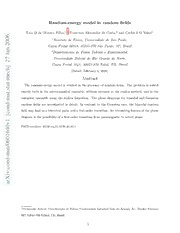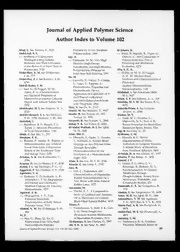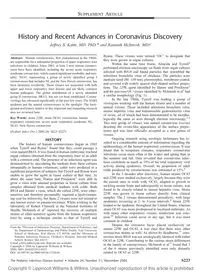
2005 History and Recent Advances in Coronavirus Discovery PDF
Preview 2005 History and Recent Advances in Coronavirus Discovery
SUPPLEMENT ARTICLE History and Recent Advances in Coronavirus Discovery Jeffrey S. Kahn, MD, PhD,* and Kenneth McIntosh, MD† Abstract: Human coronaviruses, first characterized in the 1960s, are responsible for a substantial proportion of upper respiratory tract infections in children. Since 2003, at least 5 new human coronavi- ruses have been identified, including the severe acute respiratory syndrome coronavirus, which caused significant morbidity and mor- tality. NL63, representing a group of newly identified group I coronaviruses that includes NL and the New Haven coronavirus, has been identified worldwide. These viruses are associated with both upper and lower respiratory tract disease and are likely common human pathogens. The global distribution of a newly identified group II coronavirus, HKU1, has not yet been established. Corona- virology has advanced significantly in the past few years. The SARS epidemic put the animal coronaviruses in the spotlight. The back- ground and history relative to this important and expanding research area are reviewed here. Key Words: strain 229E, strain OC43, coronavirus, human respiratory coronavirus, severe acute respiratory syndrome, NL, NL63, New Haven coronavirus (Pediatr Infect Dis J 2005;24: S223–S227) HISTORY The history of human coronaviruses began in 1965 when Tyrrell and Bynoe1 found that they could passage a virus named B814. It was found in human embryonic tracheal organ cultures obtained from the respiratory tract of an adult with a common cold. The presence of an infectious agent was demonstrated by inoculating the medium from these cultures intranasally in human volunteers; colds were produced in a significant proportion of subjects, but Tyrrell and Bynoe were unable to grow the agent in tissue culture at that time. At about the same time, Hamre and Procknow2 were able to grow a virus with unusual properties in tissue culture from samples obtained from medical students with colds. Both B814 and Hamre’s virus, which she called 229E, were ether- sensitive and therefore presumably required a lipid-contain- ing coat for infectivity, but these 2 viruses were not related to any known myxo- or paramyxoviruses. While working in the laboratory of Robert Chanock at the National Institutes of Health, McIntosh et al3 reported the recovery of multiple strains of ether-sensitive agents from the human respiratory tract by using a technique similar to that of Tyrrell and Bynoe. These viruses were termed “OC” to designate that they were grown in organ cultures. Within the same time frame, Almeida and Tyrrell4 performed electron microscopy on fluids from organ cultures infected with B814 and found particles that resembled the infectious bronchitis virus of chickens. The particles were medium sized (80–150 nm), pleomorphic, membrane-coated, and covered with widely spaced club-shaped surface projec- tions. The 229E agent identified by Hamre and Procknow2 and the previous OC viruses identified by McIntosh et al3 had a similar morphology (Fig. 1). In the late 1960s, Tyrrell was leading a group of virologists working with the human strains and a number of animal viruses. These included infectious bronchitis virus, mouse hepatitis virus and transmissible gastroenteritis virus of swine, all of which had been demonstrated to be morpho- logically the same as seen through electron microscopy.5,6 This new group of viruses was named coronavirus (corona denoting the crown-like appearance of the surface projec- tions) and was later officially accepted as a new genus of viruses.7 Ongoing research using serologic techniques has re- sulted in a considerable amount of information regarding the epidemiology of the human respiratory coronaviruses. It was found that in temperate climates, respiratory coronavirus infections occur more often in the winter and spring than in the summer and fall. Data revealed that coronavirus infec- tions contribute as much as 35% of the total respiratory viral activity during epidemics. Overall, he proportion of adult colds produced by coronaviruses was estimated at 15%.8 In the 3 decades after discovery, human strains OC43 and 229E were studied exclusively, largely because they were the easiest ones to work with. OC43, adapted to growth in suckling mouse brain and subsequently to tissue culture, was found to be closely related to mouse hepatitis virus. Strain 229E was grown in tissue culture directly from clinical samples. The 2 viruses demonstrated periodicity, with large epidemics occurring at 2- to 3-year intervals.9 Strain 229E tended to be epidemic throughout the United States, whereas strain OC43 was more predisposed to localized outbreaks. As with many other respiratory viruses, reinfection was com- mon.10 Infection could occur at any age, but it was most common in children. Despite the extensive focus placed exclusively on strains 229E and OC43, it was clear that there were other coronavirus strains as well. As shown by Bradburne,11 coro- navirus strain B814 was not serologically identical with either OC43 or 229E. Contributing to the various strain differences in the family of coronaviruses, McIntosh et al12 found that 3 of the 6 strains previously identified were only distantly related to OC43 or 229E. From the *Division of Infectious Diseases, Department of Pediatrics, and the Department of Epidemiology and Public Health, Yale University School of Medicine, New Haven, CT 06520; and the †Division of Pediatric Infectious Diseases, Children’s Hospital, Harvard Medical School, Boston, MA 02115 E-mail
The list of books you might like

Mind Management, Not Time Management

Shatter Me Complete Collection (Shatter Me; Destroy Me; Unravel Me; Fracture Me; Ignite Me)

Corrupt (Devil's Night #1)

The Sweetest Oblivion (Made Book 1)

The School for Husbands

AR-M236 AR-M276
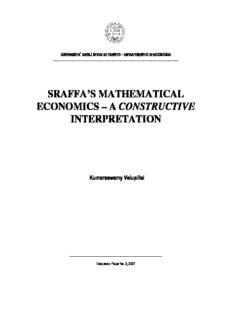
sraffa's mathematical economics – a constructive interpretation
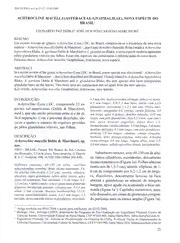
Achyrocline macella (Asteraceae-Gnaphalieae), nova espécie do Brasil

Taiko (10 buku)

La Maternitat d’Elna

Ecco! Grammatica italiana

Consumer Behavior: Building Marketing Strategy

The World of Juba II and Kleopatra Selene: Royal Scholarship on Rome's African Frontier (Routledge Classical Monographs)

Ungleichheit Warum wir nicht alle gleich viel haben müssen
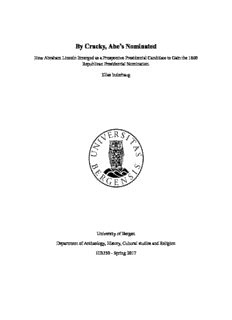
By Cracky, Abe's Nominated

Bon Dia Aruba (21 Januari 2006)

böwö dalam perkawinan suku nias departemen antropologi sosial

Daireen complete by Frank Frankfort Moore
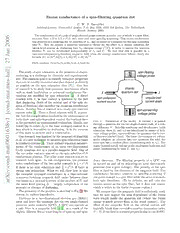
Excess conductance of a spin-filtering quantum dot
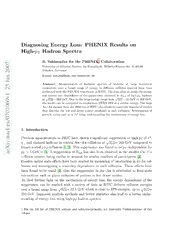
Diagnosing Energy Loss: PHENIX Results on High-pT Hadron Spectra
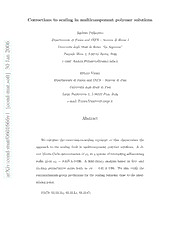
Corrections to scaling in multicomponent polymer solutions

TS 125 323 - V6.4.0 - Universal Mobile Telecommunications System (UMTS); Packet Data Convergence Protocol (PDCP) specification (3GPP TS 25.323 version 6.4.0 Release 6)
